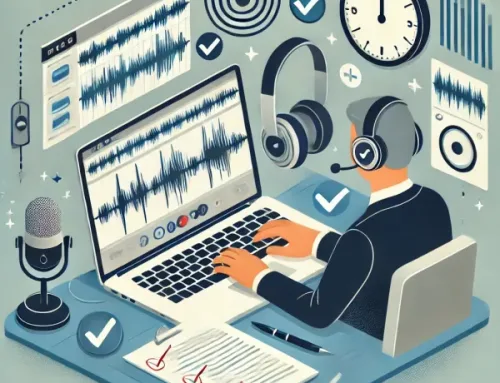Now Covid-19 had changed lives the world over, one of those changes is schooling for children. Instead of classrooms with children sitting in neat rows and a teacher at the front, many children are now getting their lessons over the internet. The same applies to universities and adult learning, as well as training videos offered by businesses.
Even before Coronavirus wreaked havoc, e-learning was a possibility, although few availed themselves of this alternative learning process. Now, if not the majority, certainly a very large number of pupils and students are learning remotely.
Technology had improved over the years, and internet connections are better in most places. There are more choices for video lessons, with all sorts of new platforms to use. However, no matter what technology is used for e-learning, a transcript of the lesson is virtually a must. In some places it is actually is required by law, but even when this is not the case it is essential. Here is why.
First, not everyone has a good internet connection, and often audio and video jumps, freezes, or otherwise does not work correctly. This may happen for a few seconds only, but this could happen at a crucial time and the pupil might miss important information that could totally change how they view something. Take the simple phrase “It is not important…” and pretend the audio jumps the word ‘not’ – the phrase takes on the opposite meaning, and this is only one small example of what a bad connection might mean to e-learning.
Then there are people with disabilities, such as the hard of hearing. They will be unable to follow the lesson. Once they would have had a person signing the lesson to them as it happened, but now this is often not possible due to Covid-19 restrictions, and they cannot be left behind simply because they are unable to hear the lesson.
Note taking during lessons is an important part of the lesson, but in a classroom full of students if a child misses a certain point they can ask a classmate ‘what was that?’. This is not the case with e-learning. They have no one to ask and few choices of how to find out the bit they didn’t hear correctly.
It has long been known that taking notes during a lesson prohibits a full understanding of the lesson anyway. While writing one point, it is easy to miss the next. In a classroom it is easier to ask the teacher questions, or wait after class to clarify something. It isn’t quite as easy on the internet.
These are all very good reasons, if not a totally compelling argument, for using transcripts of the entire lesson. At EQ Transcription Services we provide such professional transcriptions for many lessons already, why not let us do yours too? Everyone will benefit; students learn better and have all the correct information to hand, and teachers have a detailed record of their lessons.






